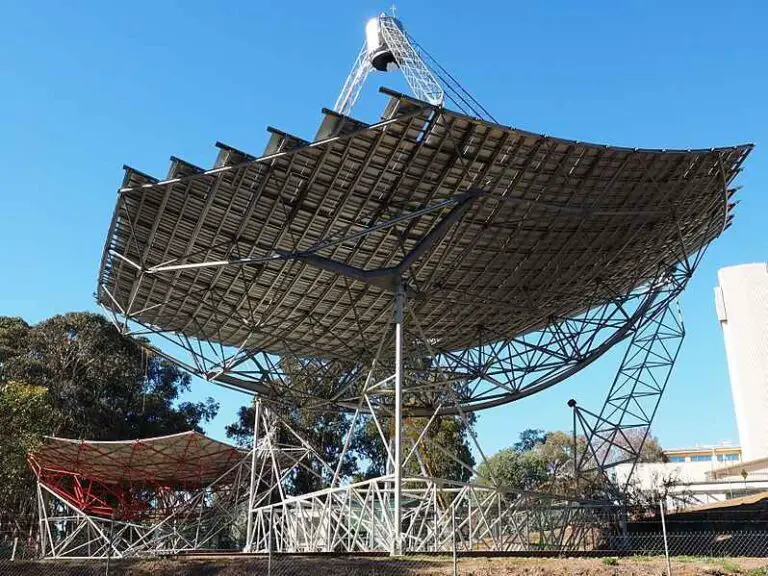5 Disadvantages of Energy Storage Systems Explained
Disadvantages of energy storage systems are; high capital cost, risk of energy loss, short service life, insufficient standardization, and complex maintenance.
This article discusses the disadvantages of energy storage systems, as follows;
1). High Capital Cost (as one of the Disadvantages of Energy Storage Systems)
In spite of the immense importance of energy storage, the cost of purchasing energy storage systems can pose a major challenge to some potential users.
Energy storage systems can cost above $1,000/kWh to acquire. This is especially the case when aiming for high capacity, efficiency and durability.
While it could be argued that this investment is recovered in energy saved over the lifespan of the system, many energy storage systems are also affected by short service life, and may be susceptible to impairment and efficiency reductions.
The high cost of energy storage systems also affects the growth of renewable energy technology, since most renewable technologies require batteries to store the electricity generated.
A factor which may be used to explain this problem is adoption. With wider adoption, the cost of energy storage systems (especially large-scale systems) is likely to reduce.
An increased rate of innovation is also likely to lead to optimizations in the composition and design of energy storage systems, which may reduce their cost.
In the energy sector, circular economic practices like recycling can reduce the cost of energy storage systems along with the risk of resource depletion, by making raw materials available through reuse.
2). Risk of Energy Loss
Energy storage systems are also faced with the risk of losing stored energy.
This is a major challenge, as it negates the main purpose of these systems.
Loss of energy could occur in the form of waste heat from thermal energy storage systems, or conductive discharges from electrochemical storage systems.
Other types of energy storage like mechanical, may also be affected by this problem. Flywheel storage systems can lose energy in the process of kineto-mechanical conversion [1].
The loss of stored energy has environmental and socioeconomic consequences. Greenhouse emissions may occur in the process of replacing lost energy through electricity generation. This could lead to climate change and global warming. Other forms of environmental degradation like oil spill and air quality reduction, can also result.
Energy losses from storage systems can grossly affect the performance of renewable energy technologies like solar panels, which rely on these systems for backup.
3). Short Service Life (as one of the Disadvantages of Energy Storage Systems)
Various studies have estimated a service like of more than 25 years for energy storage systems [2].
While this may be true theoretically, it is rarely true under practical, real-life conditions of usage.
Energy storage systems are generally vulnerable to numerous environmental, technical and operational variables that can reduce their lifespan.
As a result, these systems tend to experience significant reduction in their performance over time, and are not very likely to last (and perform optimally) for too long.
Important variables like depth of discharge and energy density of energy storage systems may reduce with usage, leading to lower performance and eventual invalidation of the systems.
This implies that additional expenses on replacement and repair may be incurred in the lifecycle of energy storage system usage [3]. Such costs affect the return on investment, and may even make the economic sustainability of these systems to be questionable.
4). Insufficient Standardization
Lack of sufficient, functional, or widely applied standards is one of the challenges facing energy storage systems.
This is a major problem, given the fact that standardization in necessary as a means to establish improved conditions of manufacture and use of these systems.
Energy storage systems require sustainable standards to be enforced with regards to their production, to encourage manufacturers to make regular improvements in functionality, composition and performance.
When there are applicable and enforced standards, testing for performance and conformance can be carried out regularly, leading to better quality systems.
Standards will also improve the integration and collaborative operation of energy storage systems with smart houses, power plants, microgrids, and energy management systems.
5). Complex Maintenance (as one of the Disadvantages of Energy Storage Systems)
Energy storage systems like superconducting magnetic system, are sensitive to the conditions of their usage.
This implies that they must be carefully and consistently maintained to ensure that they perform optimally.
Especially for large storage systems, preventive maintenance is often required to reduce the risk of failure. Other forms of maintenance for stability, longevity and efficiency are also required.
Maintenance consumes labor, time, and intellectual resources. This adds to the cost of operating energy storage systems, and may reduce the convenience of their use.

Conclusion
Disadvantages of energy storage are;
1. High Capital Cost
2. Risk of Energy Loss
3. Short Service Life
4. Insufficient Standardization
5. Complex Maintenance
References
1). Gurumurthy, S. R.; Sharma, A.; Sarkar, S. (2013). “Apportioning and mitigation of losses in a Flywheel Energy Storage system.” 2013 4th IEEE International Symposium on Power Electronics for Distributed Generation Systems (PEDG). Available at: https://doi.org/10.1109/PEDG.2013.6785597. (Accessed 31 October 2022).
2). Haidl; Buchroithner, A.; Schweighofer, B.; Bader, M.; Wegleiter, H. (2019). “Lifetime Analysis of Energy Storage Systems for Sustainable Transportation.” Sustainability 11(23):6731. Available at: https://doi.org/10.3390/su11236731. (Accessed 29 October 2022).
3). Schoenung, S. M.; Hassenzahl, W. (2003). “Long-vs. Short-Term Energy Storage Technologies Analysis A Life-Cycle Cost Study A Study for the DOE Energy Storage Systems Program.” Available at: https://www.osti.gov/biblio/918358. (Accessed 29 October 2022).

